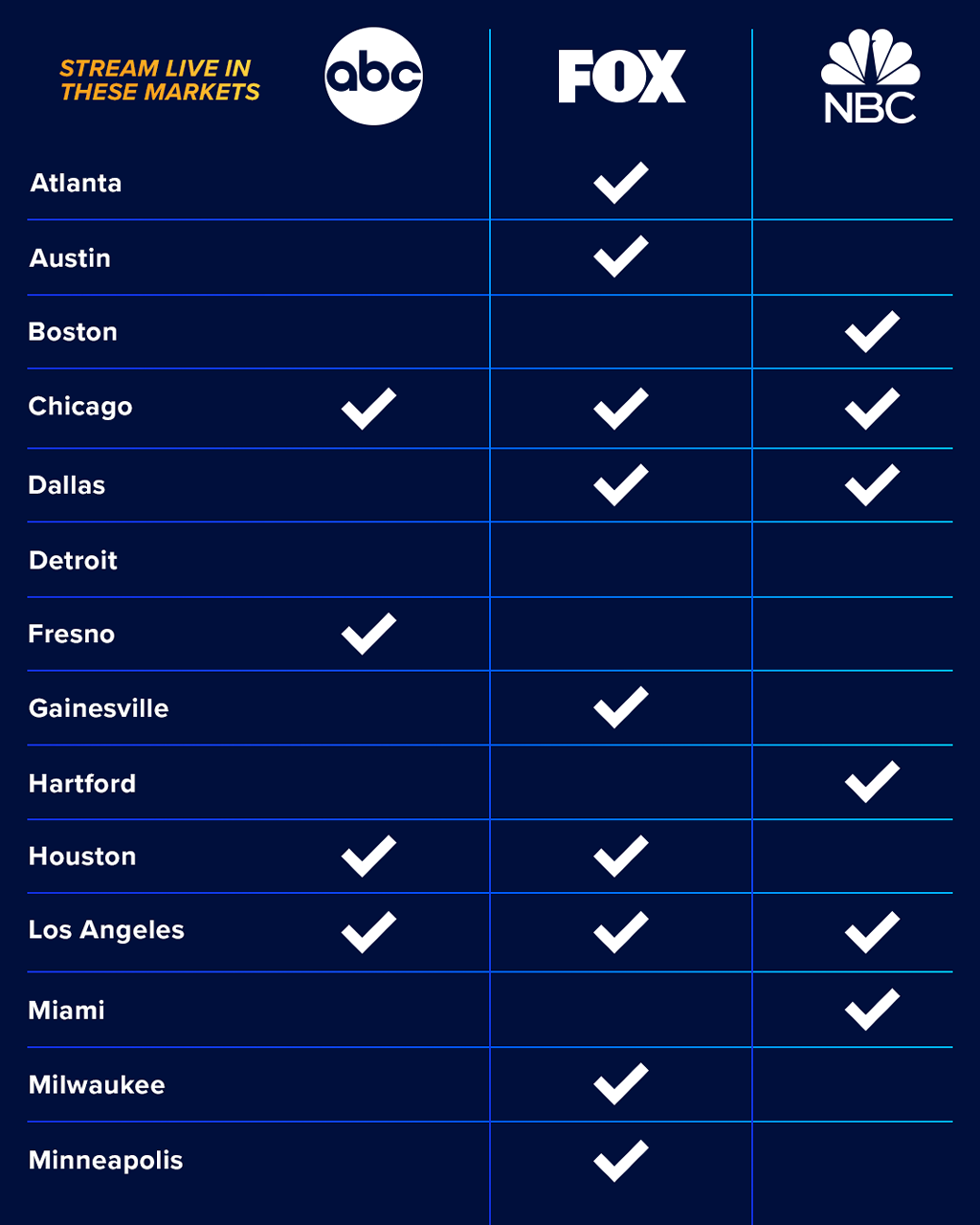The Ultimate Guide To Apollo Group Tv
Wiki Article
The 4-Minute Rule for Apollo Group Tv
Table of ContentsNot known Incorrect Statements About Apollo Group Tv Fascination About Apollo Group TvApollo Group Tv for BeginnersGetting My Apollo Group Tv To Work
In this circumstance, rather than having three-minute business areas during a 30-minute tv program, television programming might change to one where a customer will be called for to have a monthly membership, so that they cen view targeted banner ads. This type of marketing currently takes place online, and the amount of information television companies gather permits them to do similar.Define the significant trends among the broadcasting and cable television networks. Popular radio shows such as cops dramatization Dragnet and western cowboy collection Gunsmoke were adapted for television, and brand-new TV shows were funded by single advertisers, simply as radio shows had actually been.
Today, the tv market is much more intricate. Programs are funded by several advertisers; programs is controlled by major media empires; and the three significant networks no more dominate the airwaves yet instead share their visitors with numerous cable channels. A number of variables make up these fads within the sector, including technological developments, government regulations, and the development of new networks.

Some Known Facts About Apollo Group Tv.
Established in 1969, (PBS) created out of a record by the Carnegie Payment on Educational Television, which analyzed the duty of educational, noncommercial television on culture. Public television was likewise intended to give global accessibility to television for viewers in country areas or viewers that could not afford to pay for personal television services.The duration in between 1950 and 1970 is historically acknowledged as the. Other than a small part of airtime regulated by public television, the three major networks (recognized as the Big 3) controlled the television industry, collectively making up even more than 95 percent of prime-time viewing. In 1986, Rupert Murdoch, the head of multinational firm News Corp, introduced the Fox network, testing the supremacy of the Big 3.
Targeting young and minority audiences with programs such as Buffy the Vampire Slayer, Moesha, Dawson's Creek, and The Wayans Bros., the new networks intended to draw stations away from their old network associations. Nonetheless, as opposed to duplicating the success of Fox, UPN and WB battled to make an effect. Not able to draw in many associate stations, the two new networks reached fewer households than their bigger opponents since they were inaccessible in some smaller cities.
This decision paved the way for the development of wire film networks, adding to the rapid development of wire in the 1980s and 1990s. apollo tv group. More deregulation of cable television in the 1984 Cable Communications Policy Act removed restrictions on cable rates, enabling drivers to bill what they wanted for cable services as long as there worked competition to the solution (a requirement that over 90 percent of all cable television markets could meet)
The Basic Principles Of Apollo Group Tv

Having actually created the very first "superstation," Turner increased his world by establishing 24-hour news network CNN in 1980. At the end of the year, 28 nationwide shows solutions were available, and the cable television change had actually begun. Over the following years, the sector undertook a duration of quick development and popularity, and by 1994 viewers might pick from 94 fundamental and 20 costs cord solutions.
Number 9 - https://www.provenexpert.com/apollo-group-tv5/.16 Boosted competitors from cord channels has actually caused a consistent decrease in the networks' audience scores. Throughout the 1950s, the price of producing a solitary tv program enhanced as programs came to be longer and production expenses rose. Sponsorship on network television shifted from single sponsorship, in which a program was totally sustained and created by one marketer, to numerous sponsorship, in which advertisers purchased 1- or 2-minute areas on the program
Each reaction must be a minimum of one paragraph. Pick one of the Big Four networks and publish out its weekly shows routine. Enjoy the network's prime-time programs over the training course of a week, keeping in mind the target demographic for each and every program. Observe the advertising enrollers that sustain each program and contrast just how the items and services fit with the intended audience.
Our Apollo Group Tv Diaries

Linear Television, typically referred to Read Full Report as standard broadcast TV, includes cable television and satellite television., think of it as the classic way of viewing TV that has been around for years.
Report this wiki page